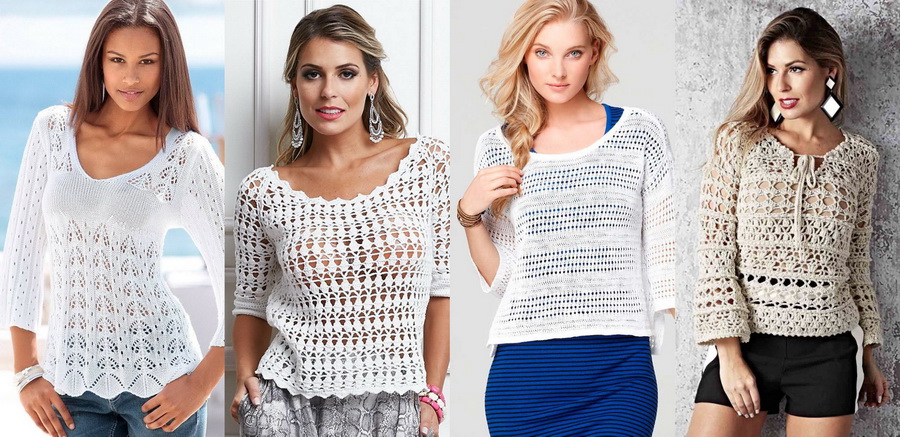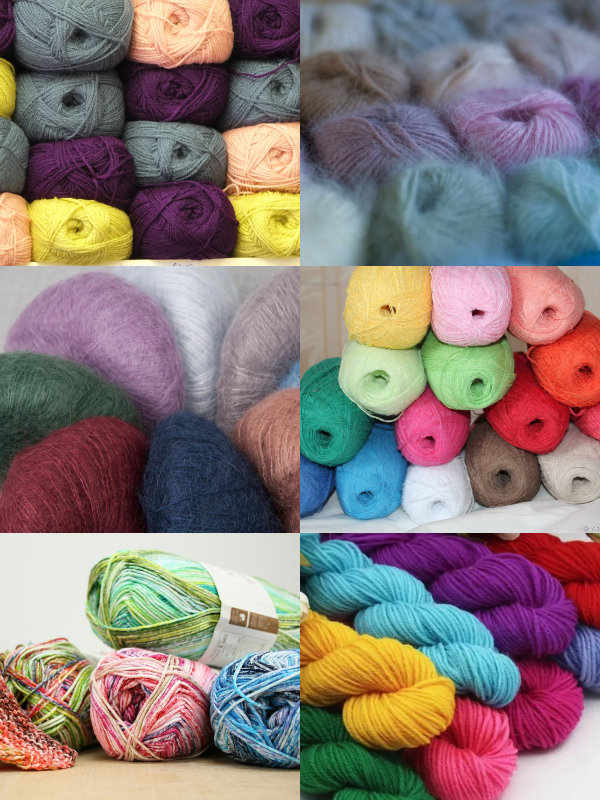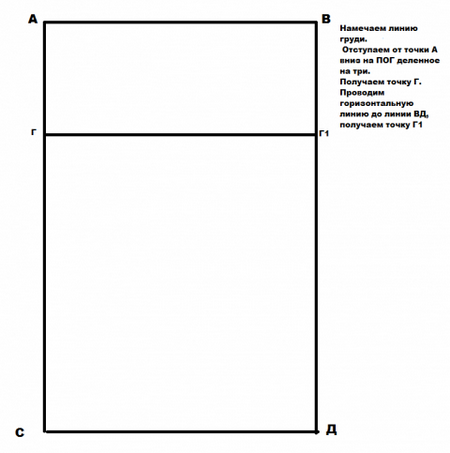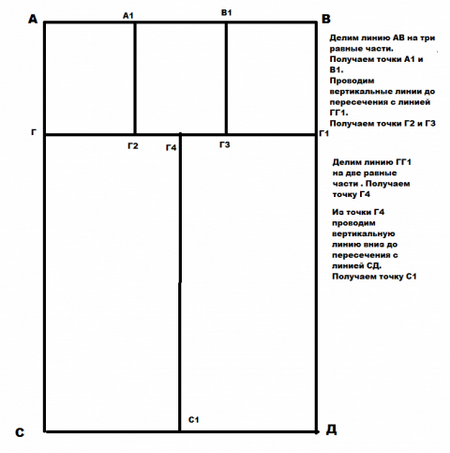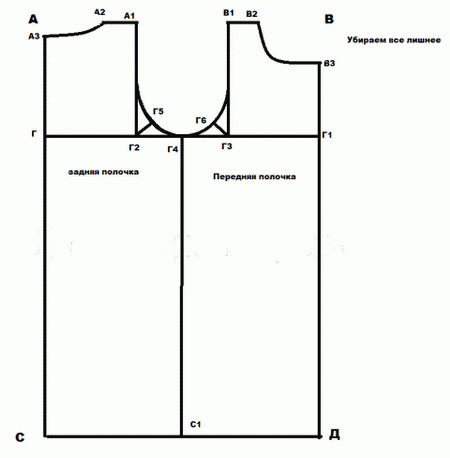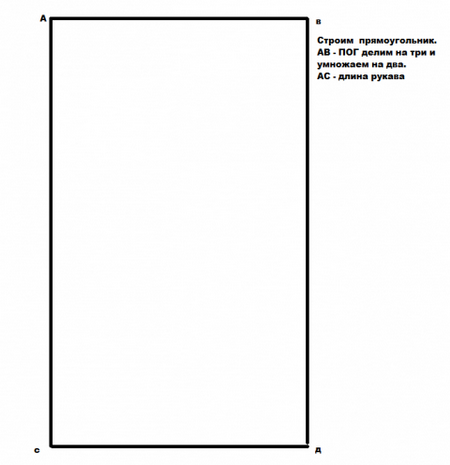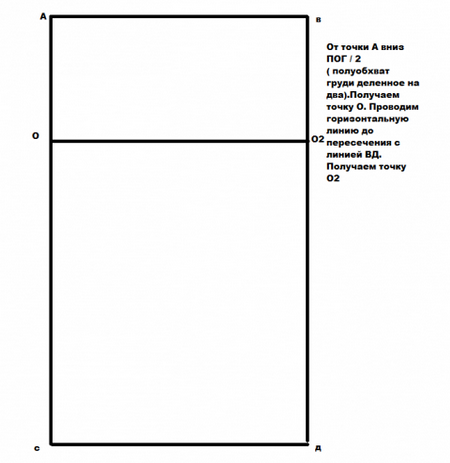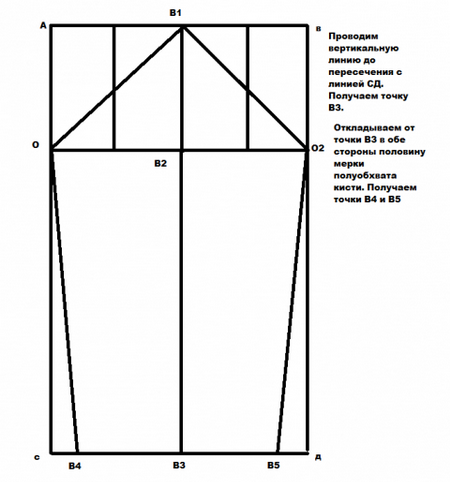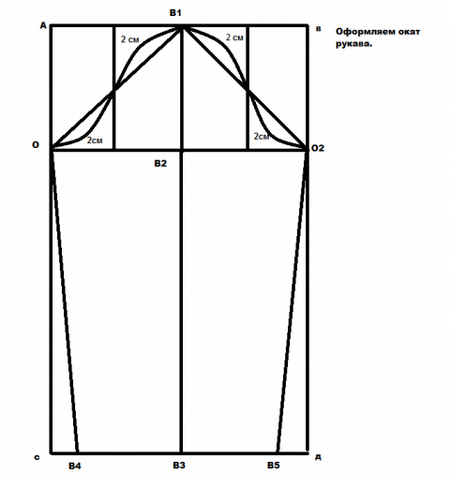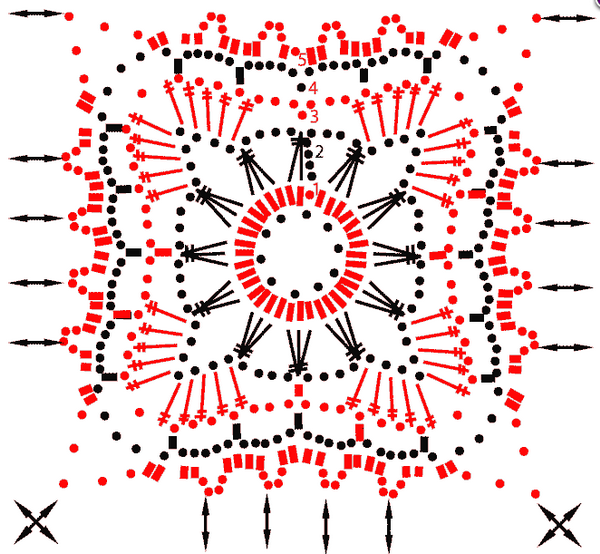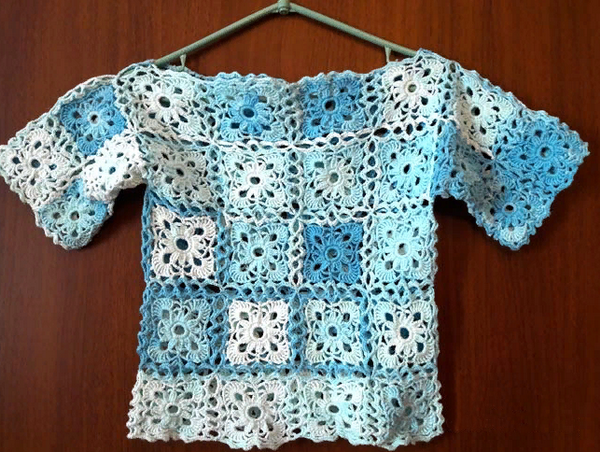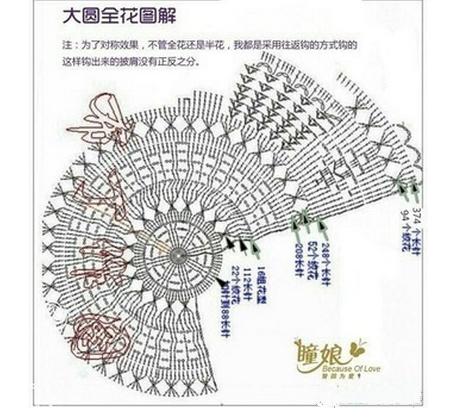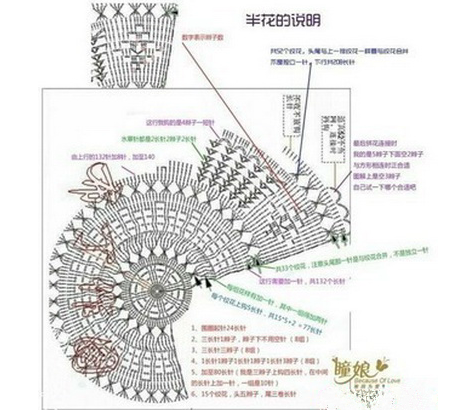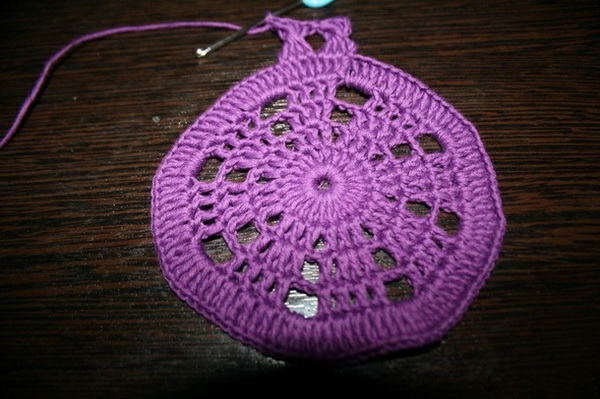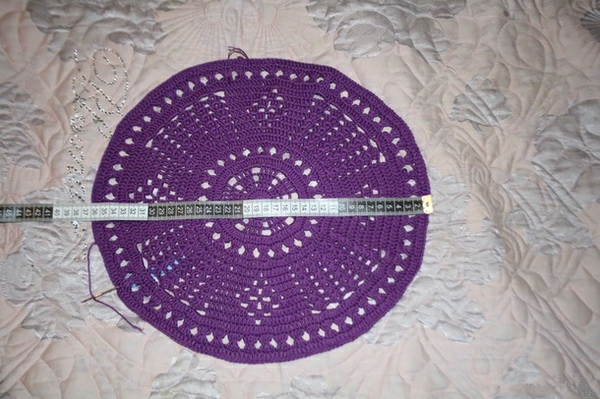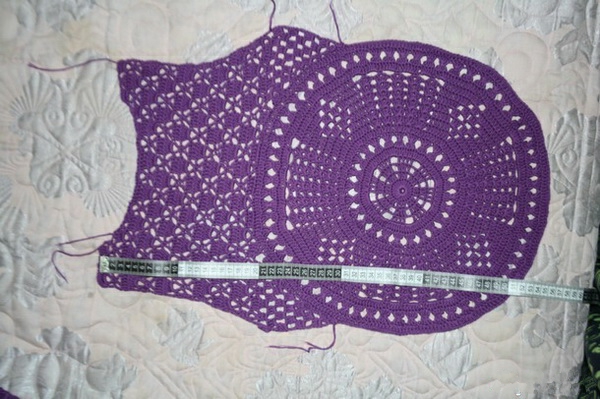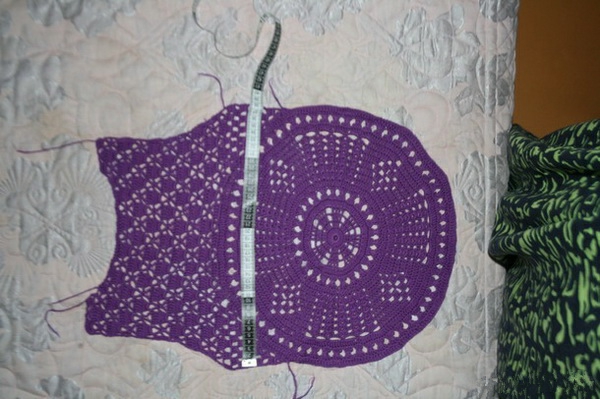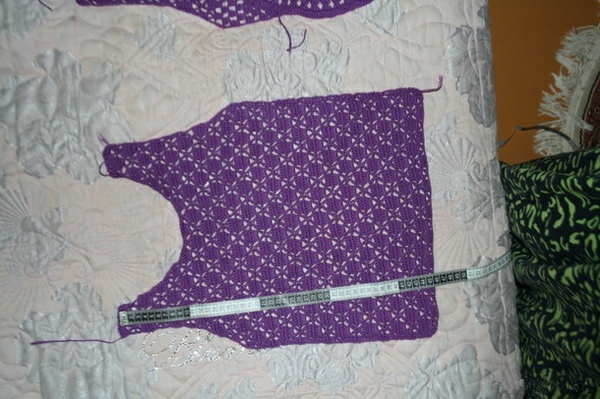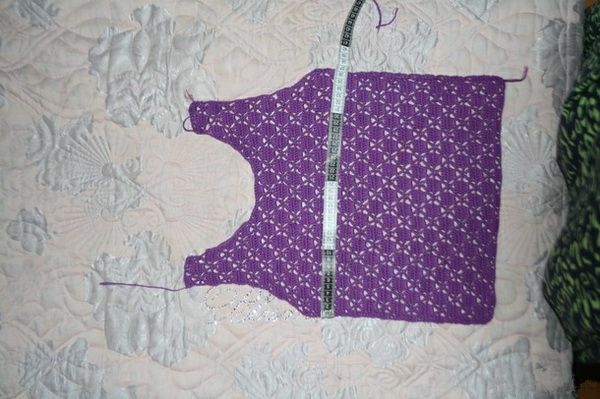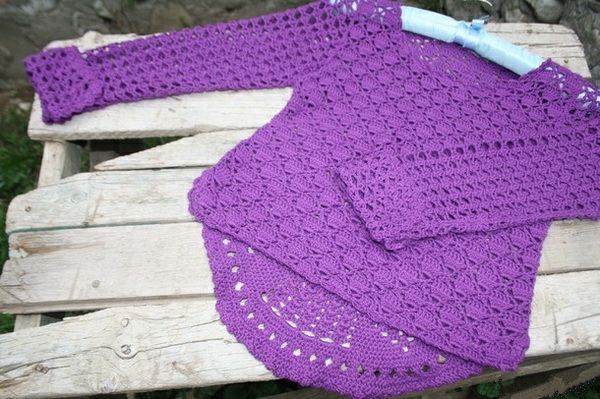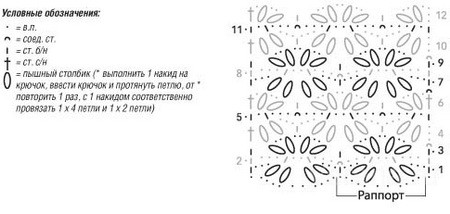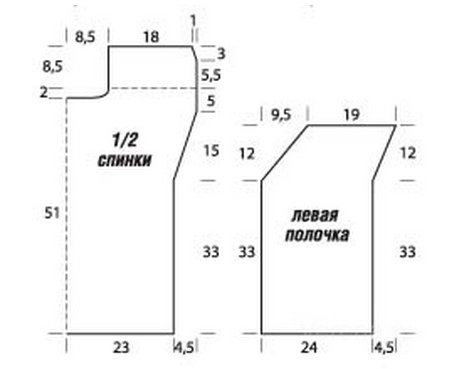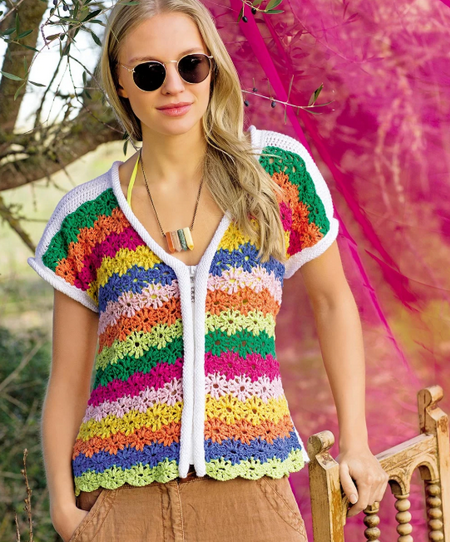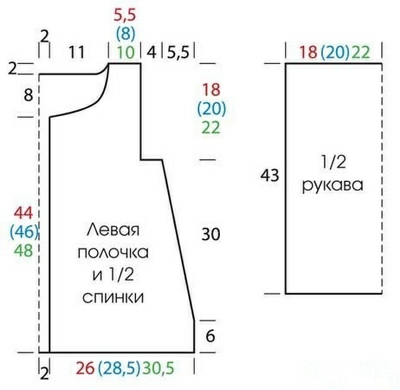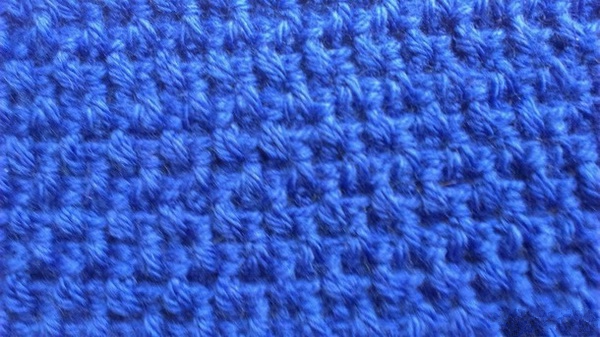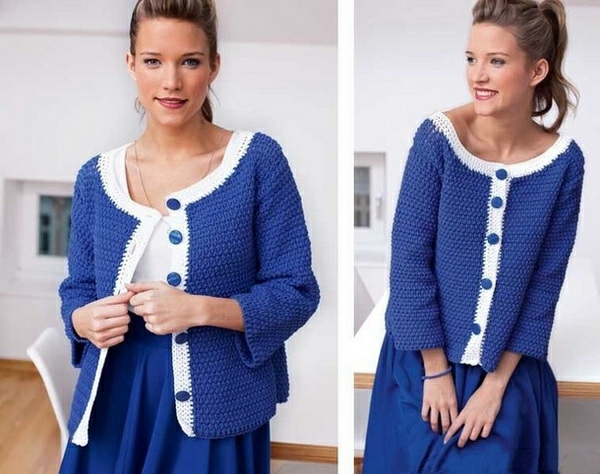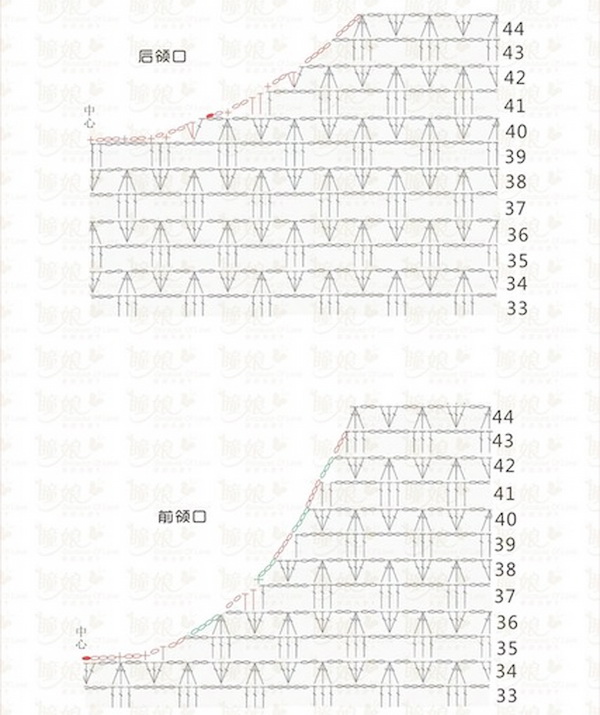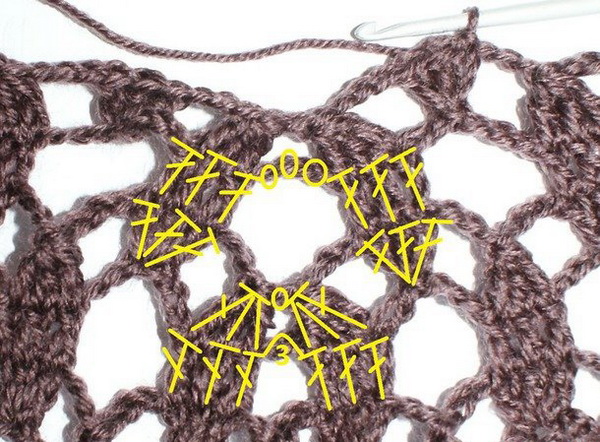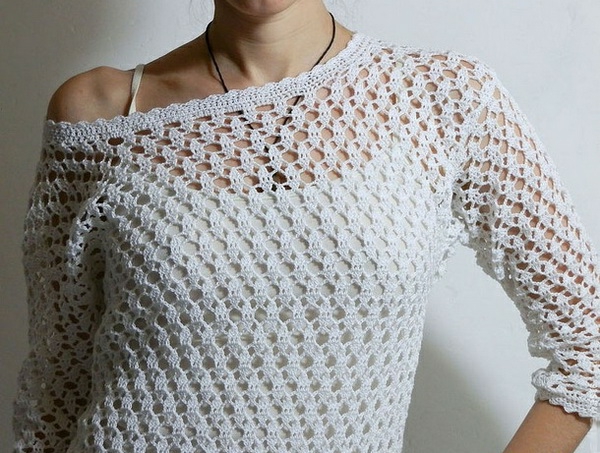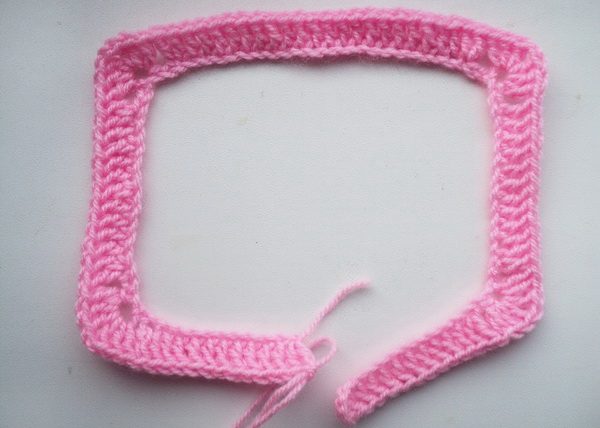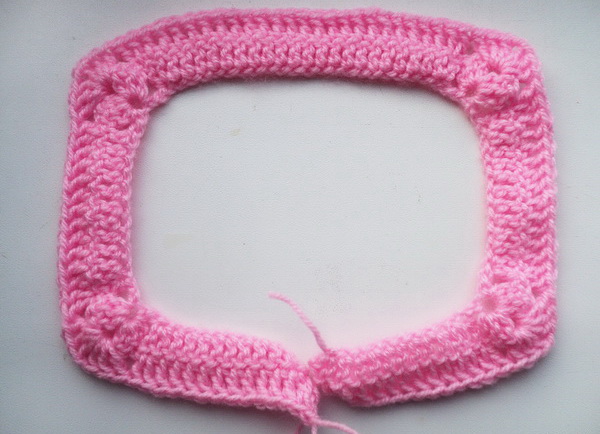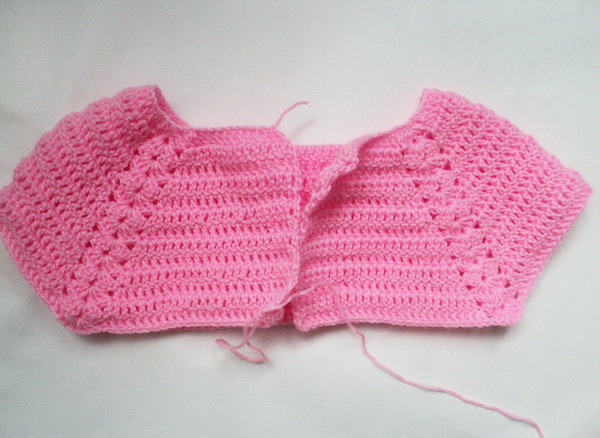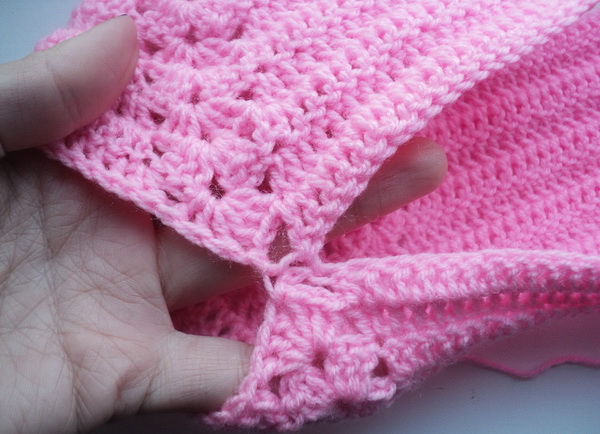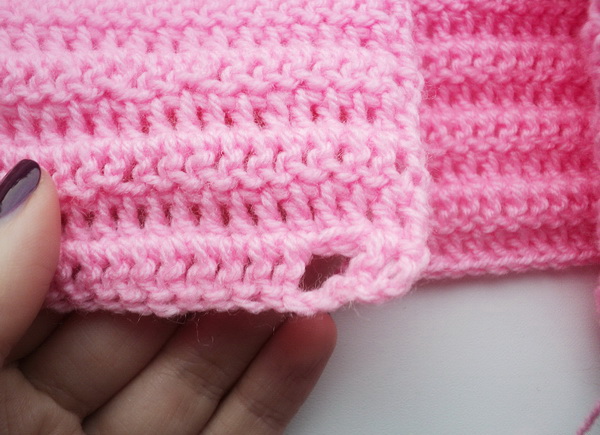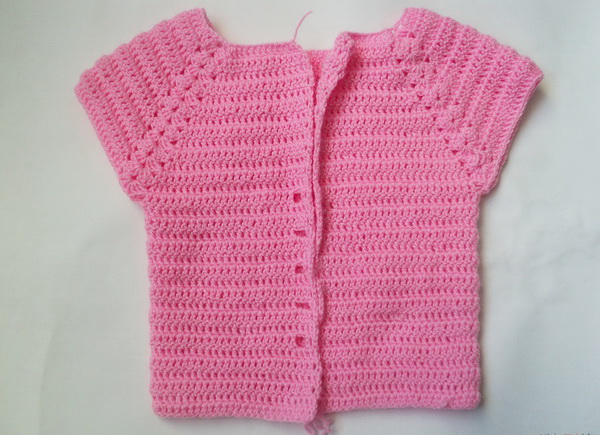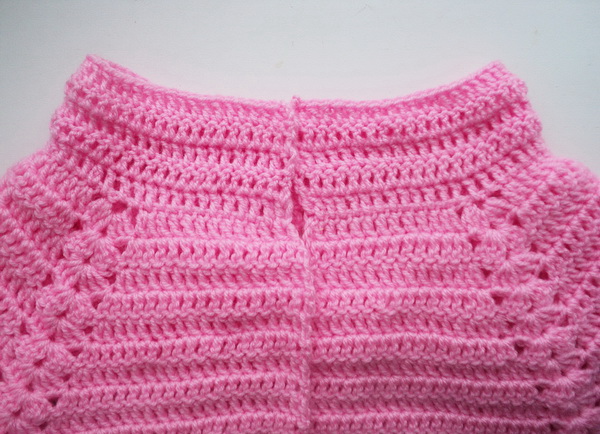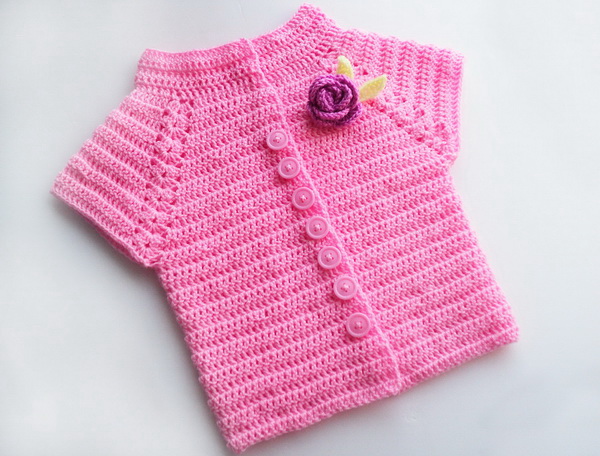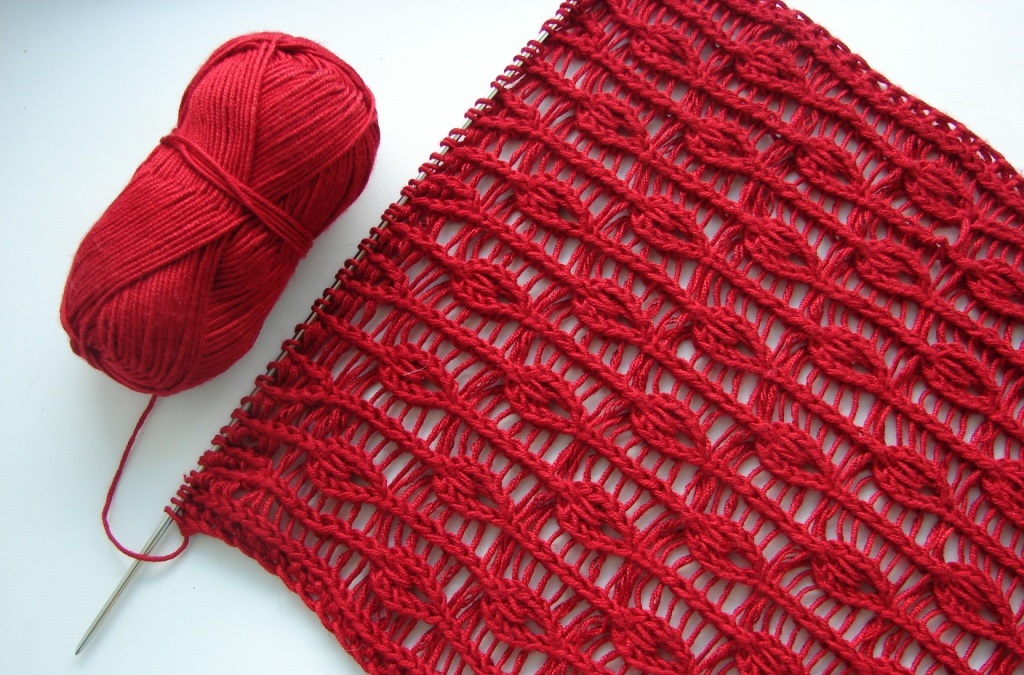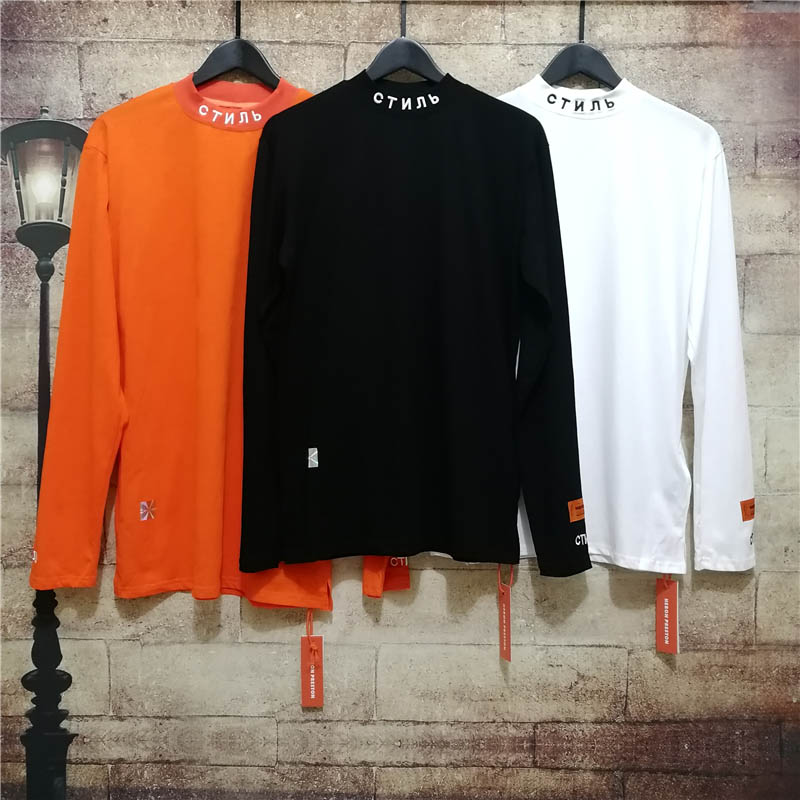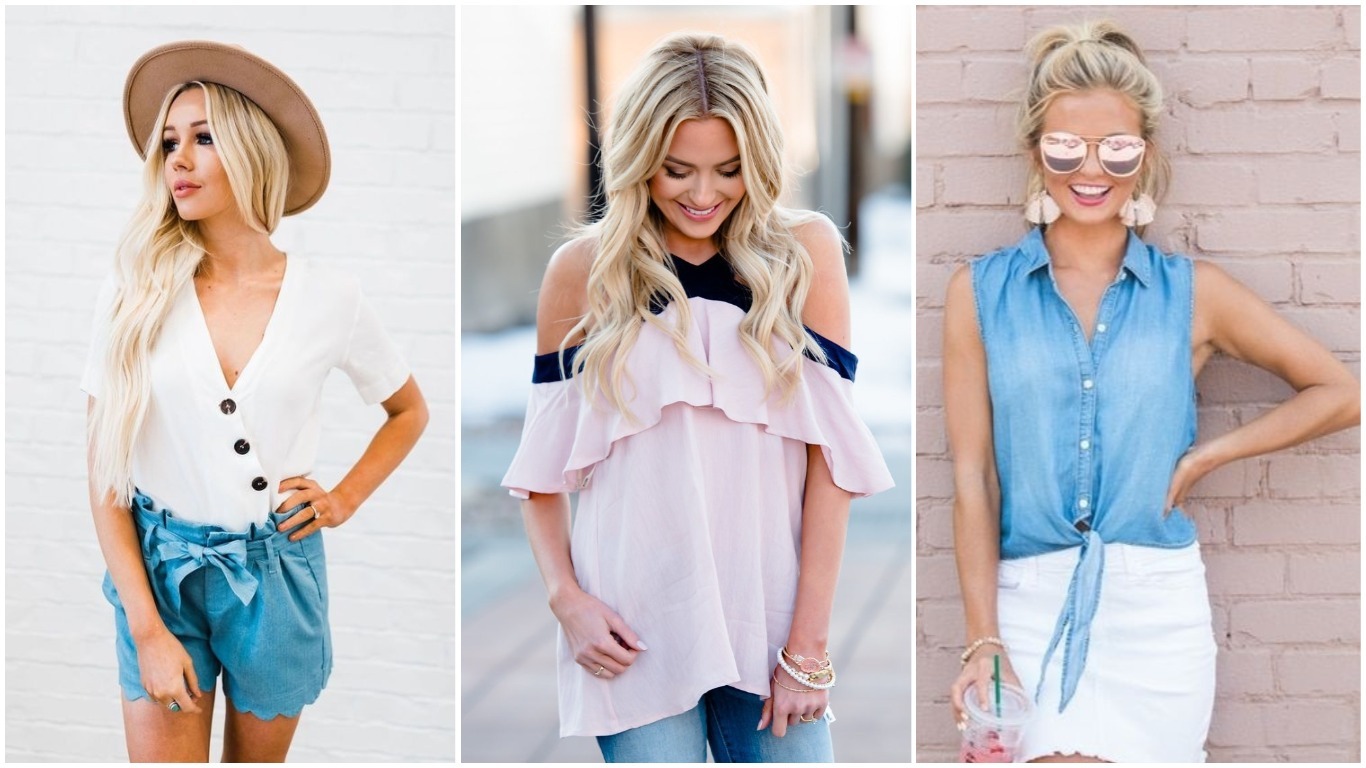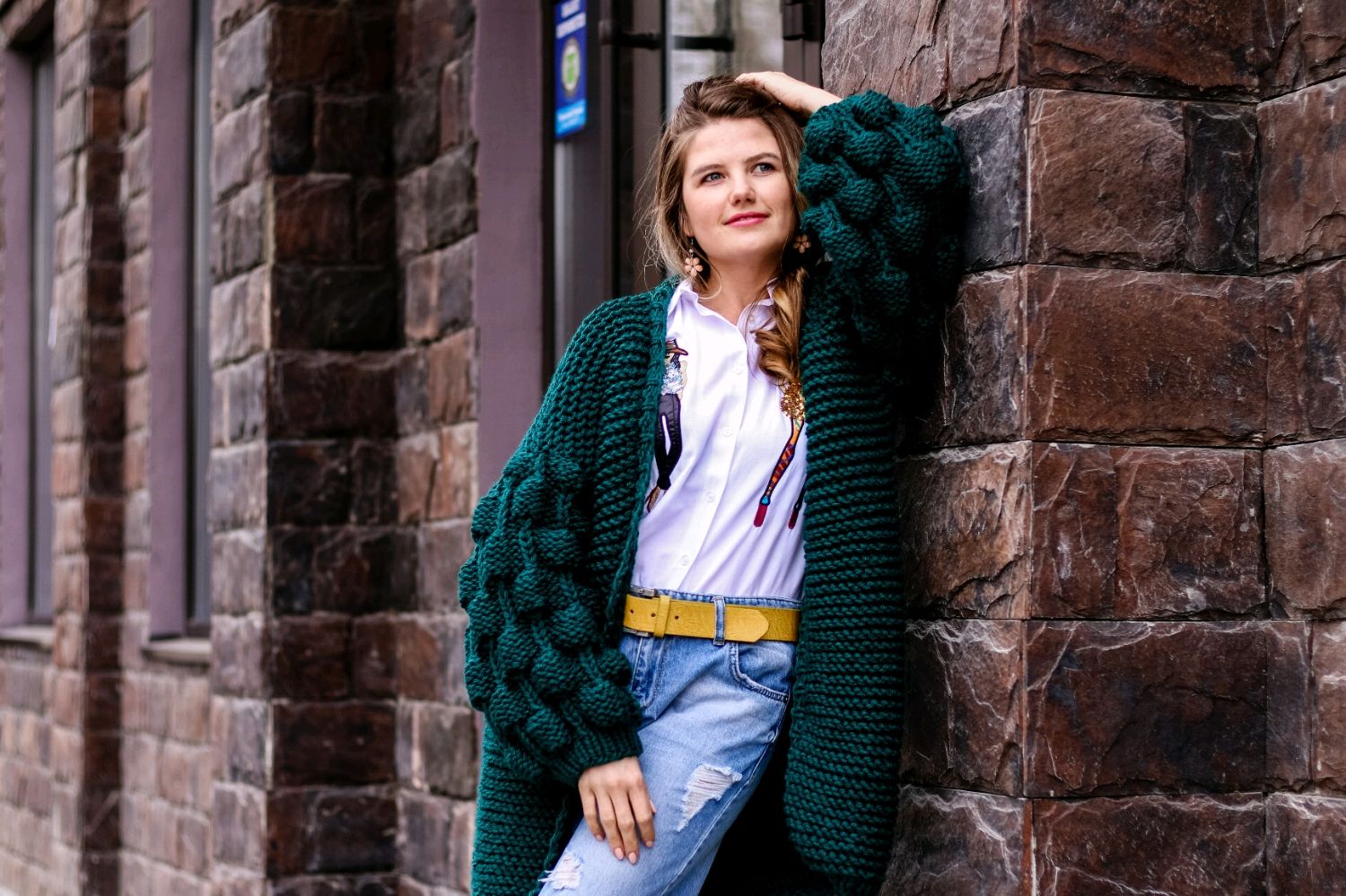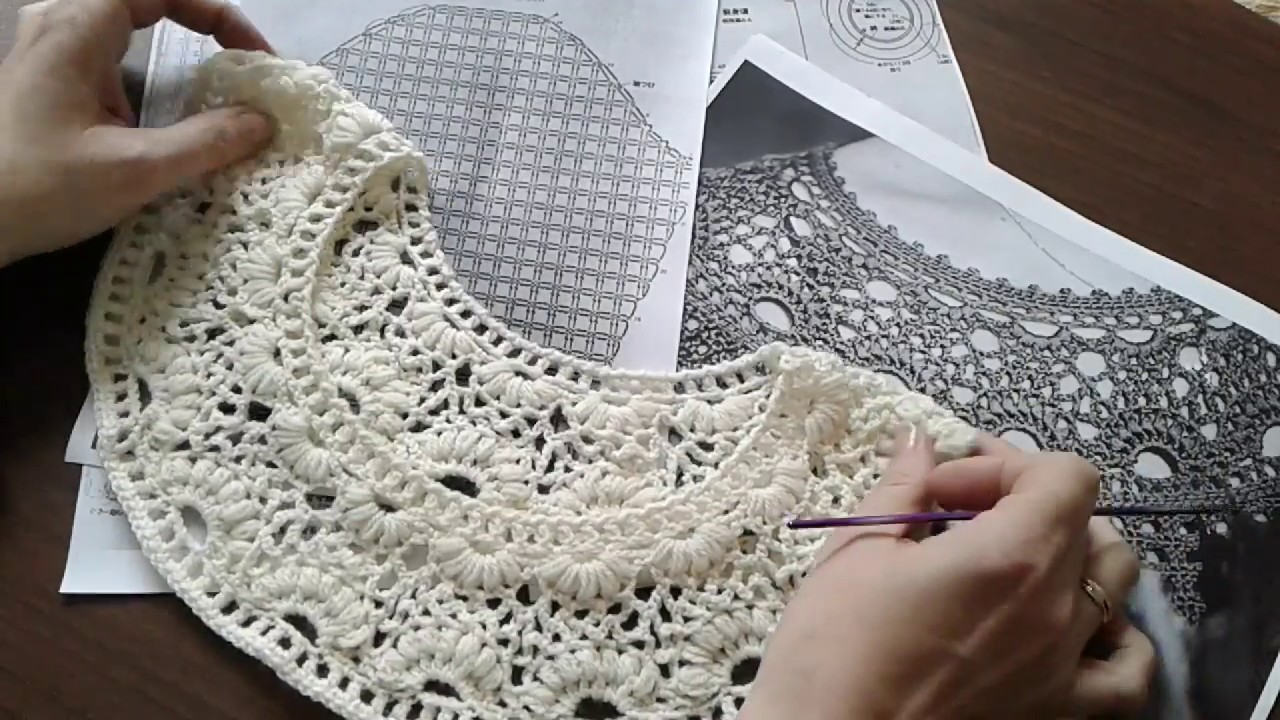Knitted items are unlikely to ever go out of fashion. After all, the fruits of handicraft not only look exclusive, which is why they are valued higher than factory products, but also leave room for imagination. A striking example of knitted universal items is a crocheted sweater for summer or winter. Warm or thin, embossed or openwork - you can make any model, the main thing is to know the features of working with each option.
Materials and tools
The choice of yarn is the first step in any crochet or knitting project. You should immediately decide whether the sweater will be warm or thin. In each case, certain properties of the yarn will be a priority:
- For a summer model, the thread should be highly breathable and hygroscopic. It would be a good idea to take yarn with maximum thermal conductivity so that the clothes seem cool. Resistance to external influences is another important parameter.
- The yarn for a winter sweater should be as dense as possible and able to retain heat. The softness of the thread and the same air permeability with hygroscopicity are also important.
The following yarn options are suitable for knitting a sweater:
- Wool. Keeps heat well, does not electrify, is moisture-resistant. However, with prolonged wear, pellets form, and after washing the product "shrinks".
- Angora. This yarn is obtained by combing Angora rabbits. The threads are soft, fluffy and warm. Most often, Angora is mixed with silk or synthetics. Such clothes can only be dry cleaned.
- Mohair. For this yarn, angora goats are combed. The threads are strong, soft and warm. As with angora, they are mixed with silk or synthetics. Mohair is difficult to work with - it is difficult to unravel, the pattern is poorly visible.
- Cotton. The threads are thin, short and fluffy. Suitable for summer clothes - it lets air through and absorbs moisture. Clothes made of 100% cotton "shrink" when washed.
- Mercerized cotton. Cotton fibers undergo mechanical and chemical treatment. As a result, the thread is smoother and the finished product becomes stronger.
- Acrylic is a synthetic yarn. Its main feature is bright colors. The threads are wear-resistant, inexpensive, but they are highly electrified.
Most often, mixed yarn is used. It is better to take the option with a ratio of 75% natural threads and 25% synthetic - such things are pleasant to the touch and do not become electrified.
The choice of a hook should also be taken seriously, because the beauty of the finished blouse will depend on the features of the tool. Most often, yarn manufacturers immediately write the required size on the skeins. If there is no such indication, the tool number can be determined independently. To do this, the yarn thread is hooked with a hook, then the ratio of the parameters is determined. If the sharp end of the tool, called the barb, protrudes above the thread, the hook is too thick, and if it is not visible at all, it is too narrow. Ideally, the beard should be level with the thread.
The most reliable way to calculate yarn consumption is to knit a sample. To do this, you need to crochet the selected pattern, wash and dry the fabric. When it is completely dry, measure the length and weight. Then calculate the areas of the knitted sample and the future product (according to the pattern).
To determine yarn consumption, the following formula is used: the area of the product is multiplied by the weight of the sample, then the result is divided by its area.
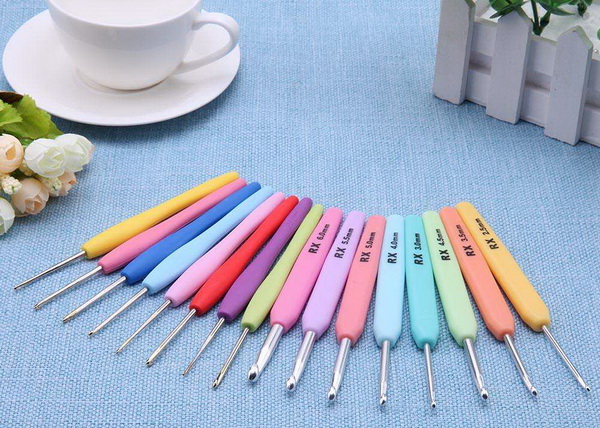

Popular patterns
There are many patterns, their choice depends only on personal preferences and requirements for a particular item. For example, openwork crochet blouses are unlikely to be relevant in winter. Among the most popular options:
- Cones. Depending on the pattern, they can be made dense or openwork. The element consists of crocheted columns with one or more yarns.
- Motifs. This pattern uses the same motif several times. It can be in the form of any geometric figures. Each element is knitted separately and then connected to the others.
- Waves. This pattern will make a beautiful openwork blouse. The waviness is made with double crochets. In some patterns, they are replaced with lush columns or cones, then the blouse becomes embossed.
- Zigzag. Easy to do and very diverse. Can be dense or openwork, single-color or colored.
- Embossed. They are usually dense, so they are suitable for warm clothes.
Crochet patterns are provided for all patterns and their subtypes. More experienced craftswomen can combine several varieties or create their own exclusive combinations. Beginner knitters are better off sticking to the ready-made guide.


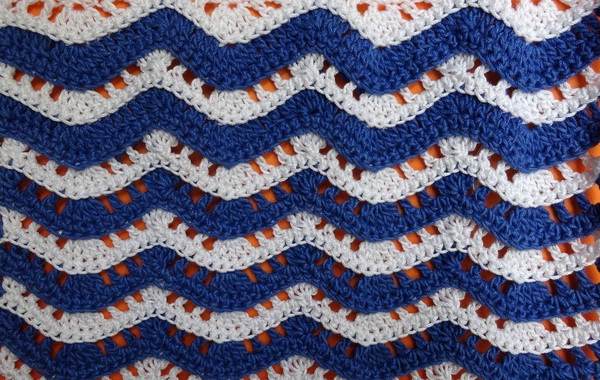
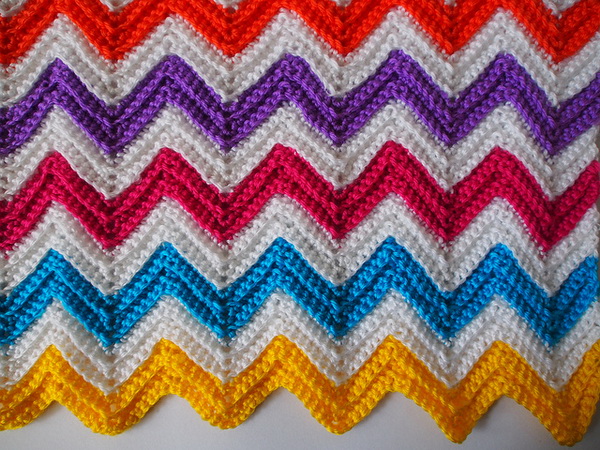

Measurements and pattern
Before you start crocheting a sweater for women, men or children, it is important to make the right pattern. To construct it, you will need to take the necessary measurements:
- chest, waist and hip circumference;
- total length of the product;
- length from shoulder to waist;
- shoulder length;
- wrist circumference;
- sleeve length;
- shoulder width.
Measurements are taken with a slight tension on the tape measure.
It is most convenient not to make a pattern yourself, but to find a ready-made one and adjust it to your measurements. There is a simple way. To reduce, make a fold equal to the reduced value and pin it. If the width decreases, the total value is divided into 4 equal parts: back, front, left and right sides. The folds are pinned in the longitudinal direction.
To increase, paper patterns are cut along the lines for adjusting the patterns, the parts are moved apart to the desired size, a strip of paper is placed and attached to the pattern. The width is also increased by dividing into four equal parts. It is important to adjust the seam lines.
It is also not difficult to create a pattern yourself:
- Mark point A on paper and measure the length of the sweater from it.
- Draw the waist length and the distance to the bust line. Half of the bust, waist and hip circumference with allowances is set aside along this line. The width and depth of the armhole are also marked here.
- From point A, measure the width of the neckline, add 1 cm to the length of the shoulders.
- From the points marking the width of the shoulders, measure the depth of the neckline.
- Lower the ends of the shoulders by 2 cm.
The front pattern is constructed almost the same way, but with some changes. The width is 1 cm larger than the back. The starting point of the shoulder is not raised, and the end is lowered by 3 cm. It is important to mark the bust darts. Their beginning is 3 cm below the chest line, the length is 12 cm.
To pattern a sleeve, draw a line down from point A, it is equal to the length of the sleeve. Mark the height of the armhole. From it, set aside the width of the sleeve at the armpit, and from the bottom point - the width at the wrist.
Stages of work
Crocheting for beginners can be difficult, which is most often due to the overly complicated pattern. Therefore, beginners should not immediately take on multi-page master classes. It is better to learn to crochet with patterns of simple patterns.
From square motifs for beginners
For an openwork crochet blouse made of motifs, all the elements need to be knitted separately and then fastened into one product. Most often, square motifs are chosen because they are easier to knit. For a finished blouse, you will need 56 separate elements. They need to be arranged according to the pattern. The symbols used in the description are deciphered as follows:
- Вп — air loop;
- ССН — double crochet;
- PshSt - lush column;
- PSSN - half double crochet.
Knitting algorithm:
- A chain of 6 VP is placed on the hook and closed into a circle.
- In the 1st row there are: PshSt, 2 Vp, PshSt, 3 Vp.
- 2nd row - PshSt, 1 Ch, 3 CCH, 1 Ch, PshSt, 3 Ch.
- 3rd row - PshSt, 1 Ch, 7 CCH, 1 Ch, PshSt, 3 Ch.
- 4th row: PshSt, 1 Ch, 11 CCH, 1 Ch, PshSt, 3 Ch.
- Next comes the popcorn pattern. Row 5 looks like this: PshSt, 1 Ch, 7 CCH, popcorn, 7 CCH, 1 Ch, PshSt, 3 Ch.
- Row 6: PshSt, 1 Ch, 7 CCH, popcorn, 1 CCH, popcorn, 7 CCH, 1 Ch, PshSt, 3 Ch.
- Row 7 is a bit more complicated: PshSt, 1 Ch, 7 CCH, (popcorn, 1 CCH) x 2 times, popcorn, 7 CCH, 1 Ch, PshSt, 3 Ch.
After this row, the rest will be knitted according to the same pattern. But each time the repetition of the element (popcorn, 1 CCH) increases by one. That is, in the eighth row it needs to be done 3 times, in the ninth - 4, and so on to the desired size. The work ends with 3 VP and a connecting column.
Openwork summer dress with a round yoke
This version of a stylish summer blouse with a detailed description will appeal to lovers of romantic style. Knitting begins with a yoke. It gradually expands due to the addition of loops. At first, 144 loops are collected, which are closed in a ring and knitted in circular rows with an elastic band.
Next, start knitting the openwork pattern. In the seventh row, make columns with two yarns, due to which the number of loops increases. Repeating occurs in the 13th, 21st and 31st rows. You need to knit the openwork until the yoke reaches the shoulder. In length, it is knitted according to the measurement from the neck to the armpit, the diameter is equal to the chest circumference together with the arms.
After knitting the yoke, you need to move on to the lower part of the sweater. It is done with the front surface. But before that, all the loops are divided into 3 parts - the front, the back and the sleeves. 9 rapports remain on the front part, 5 rapports go to the sleeves, and 6 - to the back.
In the first circular row, before the beginning of the sleeve loops, you need to make loops for the armhole. Usually 15-20 are cast on, but everything depends on the size and density of the knitting. Down 33 cm are knitted with the front surface, another 4 cm - with an elastic band. Then all the loops are closed.
For the sleeves, when knitting the first circular row with the front surface, you need to cast on loops. 2 cm is the front surface, then 1 cm is the garter stitch. After that, circles of purl and front loops alternate. After 5 rows, the loops are closed.
Layered Floral Blouse
A light crochet blouse is a great option for summer. Knitting begins with a set of 10 VP. The chain must be closed with a slip stitch.
- In the 1st row there are 3 lifting VP, 3 VP, *DC into the ring, 3 VP*. The element marked * is repeated 6 times. The row ends with a slip stitch.
- 2nd row: 4 lifting ch, 3 unfinished double crochet stitches, knitted together with the fourth lifting ch, into the space of 3 ch of the first row. 6 ch, *4 unfinished double crochet stitches into the next space of 3 ch of the previous row, 6 ch*. The marked element is repeated 8 times, the row ends with a slip stitch.
- 3rd row: 3 Ch for lifting, 2 Dc in the 6 Ch space of the second row, 5 Ch, 3 Dc in the same space, 3 Ch and 3 Dc in the next space. 3 Ch, *3 Dc in the next space from 6 Ch of the previous row, 5 Ch, 3 Dc in the same space, 3 Ch*. The marked pattern is repeated 4 times, a slip stitch finishes the row.
Next comes knitting of individual elements. You will need 52 squares, which are connected in the last row. Then blue yarn is added to them. Knitting goes in a circle according to the pattern of the first row. As a result, you get 140 arches. The row ends with a connecting post. Knitting continues in a circle of the second row up to and including 23.
The shoulder seam is knitted according to the pattern of the first openwork pattern. It requires 50 arches. Then the work continues with straight and reverse rows from the second to the eighth rows. Each row in the process of knitting is connected to the armhole line.
Warm model with buttons
This knitted sweater starts with the fronts. For each of them, you need to cast on 58 stitches, knit 11 cm with a rib pattern. Then alternate a pair of front and a pair of back stitches. Then you can choose your favorite openwork pattern and knit it up to 41 cm. The stitches need to be closed to form the armhole line.
When both shelves are knitted, it is time to move on to the back. A chain of 116 loops is collected and 11 cm are knitted with a rib. Then again there is an openwork pattern up to 41 cm. Loops are closed on both sides to make an armhole.
For the sleeves, you need 46 loops and 10 cm - with a rib. Then comes the openwork pattern, but in every 12th row, a loop is added at the end. After 39 cm, the armhole is formed. When the height of the decrease zone is 13 cm, knitting the sleeve ends.
For the strips on the shelves, loops are cast on along the edges. 9 rows are knitted with a rib along each edge. There should be holes for buttons on one of the strips. Then the product is sewn together, the collar is knitted with a rib.
For the full on one shoulder
You can knit one-shoulder models in a circle, or each piece separately, and then fasten everything together. Such crocheted sweaters are almost ideal for plump women.
- To begin, a chain of air loops is collected. Its length is 5 cm longer than the hip circumference.
- The chain closes into a ring, and knitting continues to the armhole line.
- The front and back are sewn along the side seams to the shoulder line or crocheted.
- The sleeves are knitted from the last loops of the armhole.
- In the armpit area, you need to make small decreases.
When the product is the desired length, the bottom, sleeves and neck are tied with a “picot” element.
Smart for a girl
This crochet blouse is suitable for a two-year-old girl:
- To knit, you need to cast on 96 stitches, 20 of which are raglan.
- After this, 3 VP are made and a CCH is knitted into the fourth loop.
- The next 14 loops should have one DC, the fifteenth - two. Then skip two loops.
- Three dc, ch, immediately three dc. Again skip two loops, and in the next one - two dc.
- Nine DCs are knitted, and in the tenth loop there are two of them.
- Through two loops go three CCH, VP and three CCH in one loop.
- After skipping a couple of loops, make two CCHs in one.
- Over the course of 20 loops, one DC is knitted in each, and two in 21. The third and fourth raglan lines are made in the same way.
- Then simply knit one dc in the loops until the raglan. Increases are made before and after it. The raglan is the same as in the first row.
When the back reaches size 3, the blouse needs to be folded along the raglan lines and the sleeves connected with double crochets. A couple of rows are knitted with turnout rows, a hole is made for buttons.
Decor options
Knitted blouses themselves look interesting and unusual. A beautiful blouse with delicate openwork patterns is especially eye-catching. But you can also use interesting decor ideas. For example, if the blouse is crocheted with a garter stitch, a small, neat embroidery will look harmonious on it. It is better not to use it for complex patterns. It is important that the embroidery looks discreet.
You can decorate your clothes with knitted flowers. A neat rose or lily on the chest is a great option for a festive outfit. As in the previous case, the flower should be in harmony with the rest of the image.
The simplest decor option is a buttoned model. You can choose large, patterned or original shaped elements. This method is suitable for a more serious style. For example, a strict crocheted blouse for the office, and on it - beautiful fancy buttons.
Ribbons or braids are also suitable decoration for clothes. A wide ribbon can be used to make a stylish chain instead of a belt. You can use typical women's jewelry, such as beads, brooches, pendants.
If the clothes were knitted using patterns that attract attention, it is better to avoid additional decorations, otherwise you can create an overloaded image.
Knitted items will always be fashionable and practical. And even if one beautiful pattern is no longer in trend, you can easily find a replacement for it. In addition, it is much more pleasant to wear clothes made with your own hands, and learning to knit is easy.
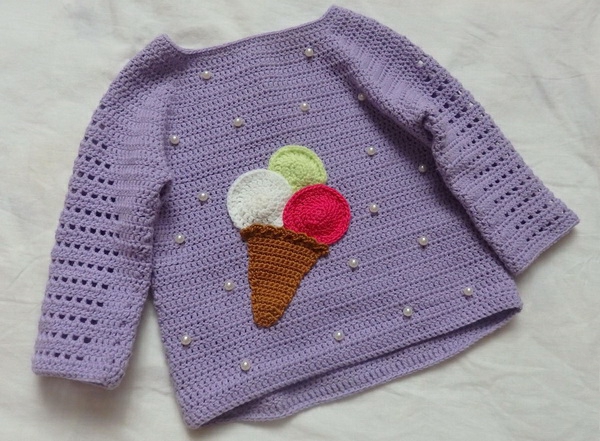

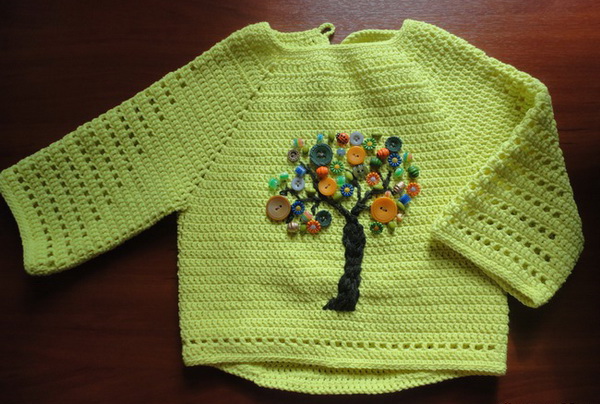
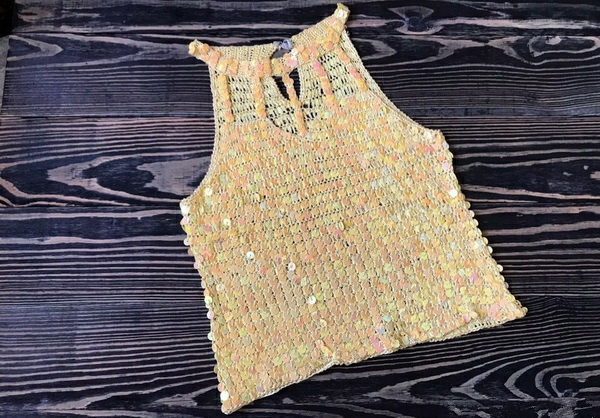
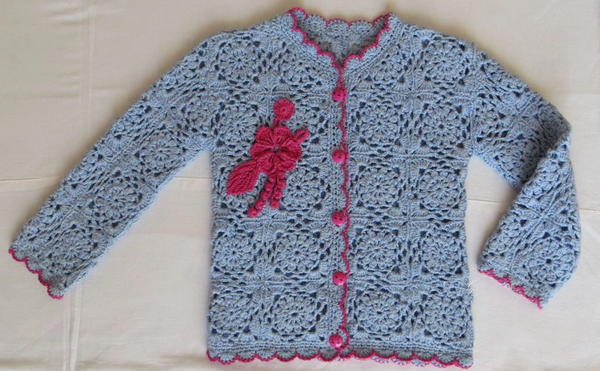
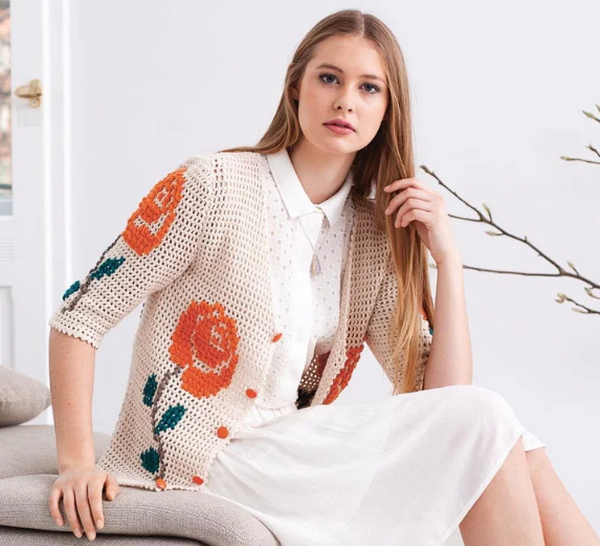
Video

